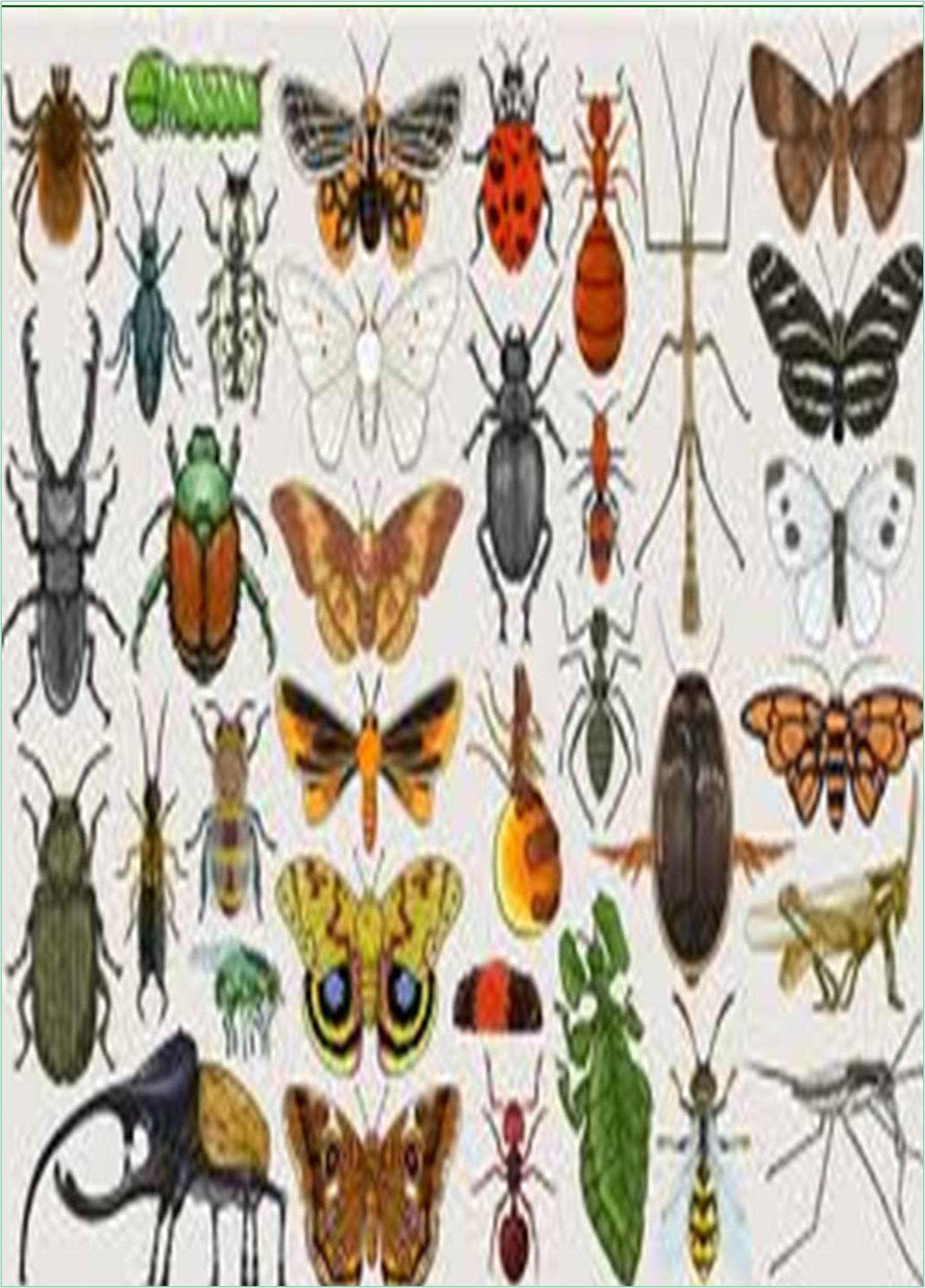



Received: 15-Nov-2022, Manuscript No. IJER-23- 85768; Editor assigned: 18-Nov-2022, Pre QC No. IJER-23- 85768 (PQ); Reviewed: 02-Dec-2022, QC No. IJER-23- 85768; Revised: 08-Dec-2022, Manuscript No. IJER-23- 85768 (R); Published: 16-Dec-2022, DOI: 10.15651/IJER.22.9.015
A rod-shaped plant pathogen called soil-borne wheat mosaic virus can severely stunt and mosaic vulnerable wheat, barley, and rye cultivars. The condition has frequently been misdiagnosed as a nutritional issue, but this has actually partly enabled breeding programme to choose resistant genotypes through fortuitous visual selection. Furovirus is a genus that includes the soilborne wheat mosaic virus. Positive sense RNA genomes of this genus' members are hard rod-shaped particles with two molecules packaged into distinct particles that encode for replication, mobility, structure, or host defense. A Protista that resembles a fungus called Polymyxa graminis aids in the propagation of the virus with its asexual secondary and sexual primary cycles. The infection of the root cell causes subsequent signs of the disease. The illness is a significant factor in the decreased agricultural production.
The first crop grown on earth was thought to be wheat. In many parts of the world, it is a staple food. It is crucial to expand wheat output because of the growing global population. According to estimates, the need for wheat will increase by over 50% in 2050 as a result of population growth. For academics, boosting wheat productivity is the main issue. Water, temperature, and climatic change are among of the biotic (microbial illnesses) and abiotic (limited) variables that it must contend with. But a vast number of fungal pathogenic diseases provide the biggest threat to wheat since they severely damage the crop. The most detrimental losses are brought on by rusts, smuts, Fusarium head blight, Septoria leaf blotch, tan spot, and powdery mildew. Nearly 22% of the wheat production loss in 2019 was attributed to illnesses, according to estimates. Due to strain diversity and mutation, these percentages will rise with time.
Rhizosphere-associated bacteria have significant effects on plant health, but little is known about the relationship between pathological traits of wheat infected by a soilborne virus and soil microbial communities, particularly alterations in fungal communities. Using amplicon sequencing techniques, we examined the progression of fungal communities from bulk soil to wheat rhizosphere soil in both diseased and healthy plants, and we evaluated their potential contribution to plant health. The findings demonstrated a considerable difference between the diversity of fungi in wheat rhizosphere and bulk soils following the onset of the wheat yellow mosaic virus illness. It was clear that the two compartment niches or wheat health states had different fungal community structures. Soil physicochemical characteristics, such as NH4 +, play a role in the different fungal community structures and alpha diversity. Mortierellomycetes and Dothideomycetes were identified in comparison analyses as the main communities in healthy wheat soils at the class level. The genera Cystofilobasidium, Cladosporium, Mortierella, and Stephanonectria are highly enriched in bulk soil of healthy plants, but the genera Pyronemataceae and Solicoccozyma are greatly abundant in the rhizosphere soil of diseased plants. The fungus in healthy wheat soil has stronger mutual benefit and connectedness than those in unhealthy wheat, according to co-occurrence network research. The findings of this study showed that NH4 + is the most significant soil physicochemical element impacting fungal diversity and community composition, and that the prevalence of wheat yellow mosaic virus infections impacted both fungal community diversity and composition.
The fungal-like protist Polymyxa graminis, an endoparasitic slime mould, serves as a vector for the soilborne wheat mosaic virus. P. graminis generates resting spores that can last up to 30 years and still contain the viral RNA and movement protein. The zoospore containing virus can cause an infection when dormant, resting spores begin to grow. Water is necessary for the conditions promote maximum spread. The zoospore encysts on the surface of a cortical root cell when it reaches the host plant and produces a spear-like sack that, when it is mature, will pierce through the neighbouring zoospore and host walls. The virus particles and the contents of the zoospore are released into the host cortical cell along with the bag. Although the actual virus and movement protein but not the capsid protein have been detected within P. graminis sporosori, the mechanisms by which the virus attaches to or is transported by the zoospore and how the virus is conveyed from the zoospore to the plant root are not well known. One of two forms of P. graminis plasmodia may develop inside the cortical root cell after the puncture. These plasmodia divide to produce either secondary zoospores, which are a component of the asexual secondary cycle, or resting spores, which are a component of the sexual primary cycle. Significant stunting and mosaic formation are caused by the infection of the root cells, which refers to a local infection on the root with subsequent signs of stunting and mosaic development.